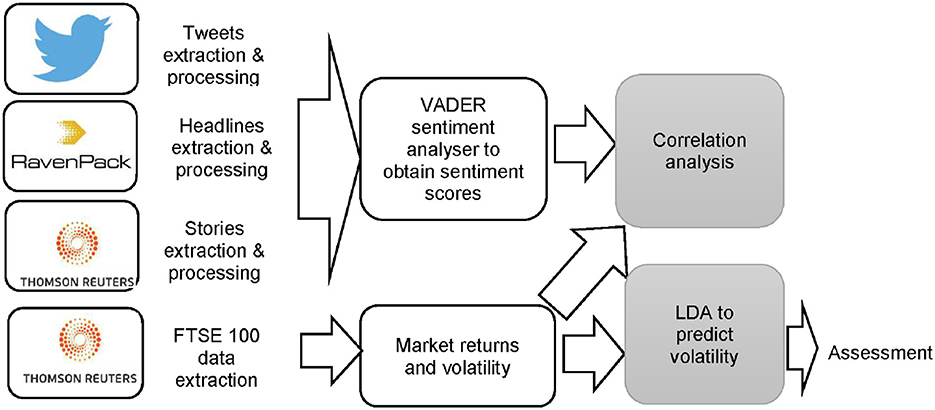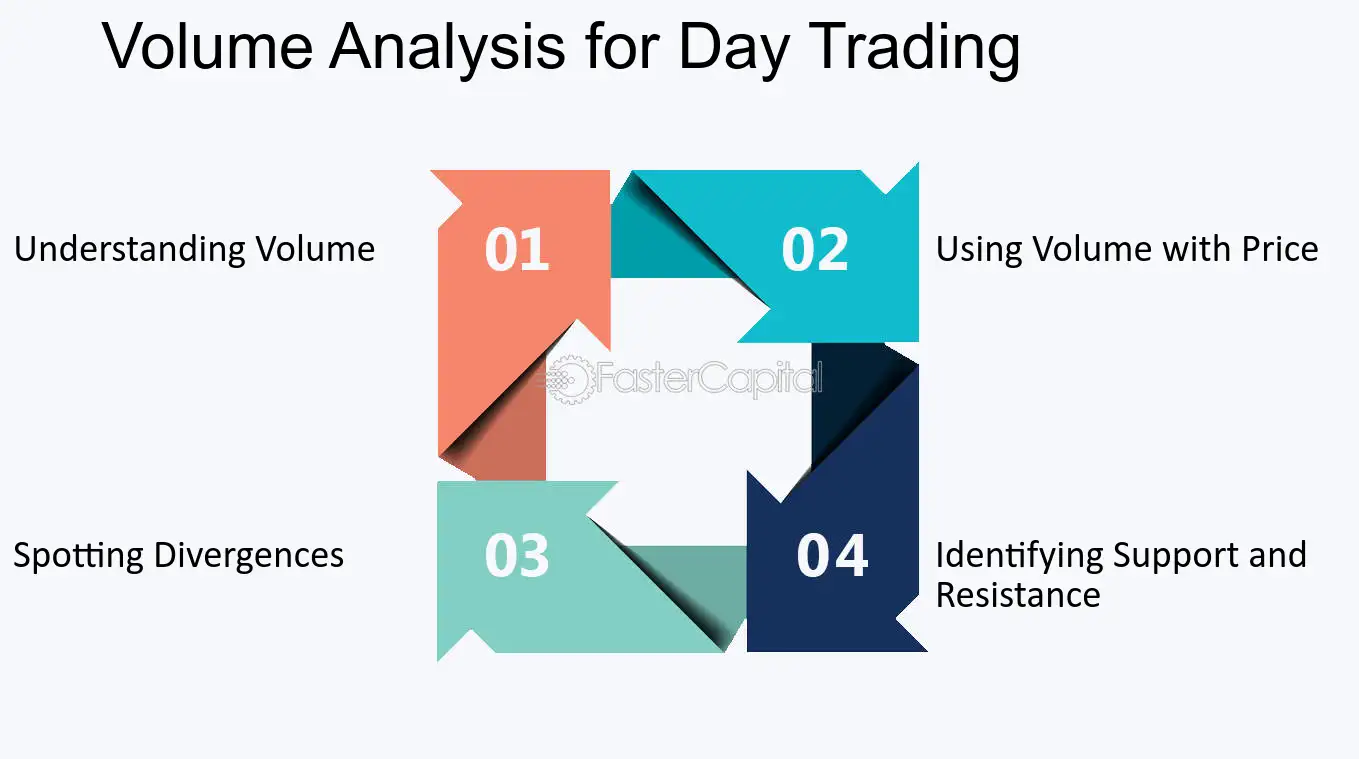Did you know that some traders can analyze charts faster than a cheetah can run? In the fast-paced world of day trading, analysis is not just important; it’s essential for making informed decisions and maximizing profits. This article dives deep into the significance of various analysis types—including technical, fundamental, and market sentiment—and their impact on trading outcomes. Discover the essential tools for effective analysis, common pitfalls to avoid, and how backtesting can refine your strategies. Learn how news events sway decisions and the advantages of automated analysis tools. Plus, we’ll explore psychological factors and provide resources to enhance your trading acumen. With insights from DayTradingBusiness, you’ll be equipped to develop a personalized analysis strategy that suits your trading style.
Why is analysis crucial for day trading success?
Analysis is crucial for day trading success because it helps traders make informed decisions based on market trends, price movements, and volume. By analyzing charts and indicators, traders can identify entry and exit points, manage risks effectively, and adapt to changing market conditions. Without thorough analysis, traders are more likely to act on emotions, leading to poor trades and significant losses. Consistent analysis enhances a trader's ability to recognize patterns, predict future movements, and ultimately increase profitability.
What types of analysis should day traders use?
Day traders should use technical analysis, which involves studying price charts and indicators like moving averages, RSI, and MACD. Fundamental analysis can also help by providing insights into economic news and earnings reports. Sentiment analysis, gauging market psychology through news and social media trends, is important too. Combining these analyses can enhance decision-making and improve trading outcomes.
How does technical analysis impact day trading decisions?
Technical analysis impacts day trading decisions by helping traders identify price trends, support and resistance levels, and potential entry and exit points. It relies on chart patterns, indicators like moving averages and RSI, and volume analysis to forecast short-term price movements. This data-driven approach allows traders to make informed decisions quickly, maximizing profits and minimizing losses. By analyzing historical price action, day traders can spot opportunities and react to market changes effectively.
What role does fundamental analysis play in day trading?
Fundamental analysis in day trading helps traders assess a company's overall health and market potential by examining factors like earnings reports, news releases, and economic indicators. It informs decisions on stock selection and timing by highlighting price movements based on news or events. Traders use it to gauge sentiment and volatility, which can lead to profitable short-term trades. Understanding these fundamentals allows day traders to react quickly to market shifts, increasing their chances of success.
How can market sentiment analysis affect trading outcomes?

Market sentiment analysis can significantly influence trading outcomes by providing insights into investor emotions and trends. By gauging whether sentiment is bullish or bearish, traders can make informed decisions on when to enter or exit positions. Positive sentiment may signal buying opportunities, while negative sentiment can indicate potential sell-offs. Tools like social media sentiment tracking and news analysis enhance this understanding, allowing traders to anticipate market movements. Ultimately, incorporating sentiment analysis can lead to more strategic trades and improved profitability in day trading.
What tools are essential for effective day trading analysis?
Essential tools for effective day trading analysis include real-time charting software, a reliable trading platform, technical analysis indicators (like moving averages and RSI), a news feed for market updates, and a risk management calculator. Additionally, having access to backtesting tools and a community forum can enhance decision-making.
How do traders use charts and indicators for analysis?
Traders use charts and indicators to visualize price movements and identify trends. Charts display historical data, helping traders spot patterns and make predictions. Indicators, like moving averages or RSI, provide insights into momentum and potential reversals. By combining these tools, traders assess entry and exit points, manage risk, and enhance decision-making. This analysis is crucial for executing informed day trading strategies.
What are common mistakes in day trading analysis?
Common mistakes in day trading analysis include over-reliance on technical indicators without understanding market context, neglecting to consider news events that impact prices, failing to establish and stick to a trading plan, and letting emotions drive decisions instead of data. Traders often ignore risk management by not setting stop-loss orders or position sizing effectively. Additionally, many overlook the importance of backtesting strategies, leading to uninformed trading choices. Lastly, a lack of discipline in following through with analysis can result in missed opportunities or unnecessary losses.
How can backtesting improve day trading strategies?
Backtesting improves day trading strategies by allowing traders to test their strategies against historical data. This process reveals how a strategy would have performed in the past, helping identify strengths and weaknesses. It enables traders to refine entry and exit points, adjust risk management techniques, and filter out unprofitable strategies. By analyzing past performance, traders can gain confidence in their approach and make data-driven decisions, ultimately enhancing their trading effectiveness.
What is the significance of volume analysis in day trading?

Volume analysis in day trading is crucial because it indicates the strength or weakness of price movements. High volume suggests strong interest and can confirm trends, while low volume may signal a lack of conviction. Traders use volume to identify potential reversals and breakout opportunities. It helps assess whether a price move is sustainable or likely to fade. Overall, volume analysis enhances decision-making by providing insights into market activity and investor sentiment.
How can news and economic events influence day trading decisions?
News and economic events significantly influence day trading decisions by affecting market sentiment and volatility. Traders often react to economic indicators like employment reports or GDP data, which can lead to rapid price movements. Earnings announcements can also sway stock prices, prompting traders to buy or sell quickly based on expected outcomes. Additionally, geopolitical events, like elections or trade agreements, can create uncertainty, impacting stock performance. Successful day traders analyze news and economic data to anticipate market reactions and make informed trades, aiming to capitalize on short-term price fluctuations.
Learn about How News Events Impact Day Trading Decisions
What are the benefits of using automated analysis tools?
Automated analysis tools in day trading enhance decision-making by providing real-time data insights, reducing emotional bias, and increasing trade efficiency. They quickly analyze market trends, identify patterns, and execute trades at optimal times, which can lead to higher profitability. Additionally, these tools can handle vast amounts of data, allowing traders to focus on strategy rather than manual analysis. Overall, they improve accuracy, speed, and consistency in trading decisions.
How can traders develop a personalized analysis strategy?
Traders can develop a personalized analysis strategy by first identifying their trading goals and risk tolerance. Next, they should choose a mix of technical and fundamental analysis that suits their style. Regularly reviewing past trades helps refine their approach. Incorporating tools like indicators, charts, and market news tailored to their preferences enhances decision-making. Finally, testing strategies through paper trading allows for adjustments before applying them in the real market.
What is the difference between short-term and long-term analysis in day trading?
Short-term analysis in day trading focuses on immediate price movements, using tools like technical indicators and chart patterns to make quick decisions within a day. Long-term analysis, on the other hand, looks at broader trends and market conditions over weeks or months, often incorporating fundamental analysis and macroeconomic factors. Short-term traders prioritize speed and volatility, while long-term traders seek to understand potential shifts in market sentiment and fundamentals.
Learn about Differences Between Day Trading Analysis and Long-Term Analysis
How can psychological analysis improve a trader's performance?
Psychological analysis can significantly improve a trader's performance by enhancing self-awareness and emotional regulation. It helps traders identify biases and triggers that lead to poor decision-making. By understanding their psychological patterns, traders can develop strategies to manage stress and maintain discipline, leading to more consistent trading outcomes. Regularly reflecting on past trades through a psychological lens allows traders to learn from mistakes and reinforce positive behaviors, ultimately boosting confidence and performance in day trading.
What resources are available for learning day trading analysis?
For learning day trading analysis, consider these resources:
1. Books: "A Beginner's Guide to Day Trading Online" by Toni Turner and "How to Day Trade for a Living" by Andrew Aziz offer foundational knowledge.
2. Online Courses: Websites like Udemy and Coursera provide structured courses on technical analysis and trading strategies.
3. YouTube Channels: Channels such as Warrior Trading and ClayTrader provide practical insights and live trading examples.
4. Trading Simulators: Platforms like Thinkorswim or TradingSim allow you to practice analysis in a risk-free environment.
5. Forums and Communities: Join Reddit's r/Daytrading or other trading forums to exchange ideas and strategies with experienced traders.
6. Webinars and Live Streams: Many trading platforms offer free webinars on market analysis and day trading techniques.
7. News and Analysis Websites: Websites like Investopedia and TradingView provide articles and tools for market analysis.
Utilize these resources to enhance your day trading analysis skills effectively.
Learn about What Are the Best Resources for Learning Day Trading Bots?
Conclusion about The Importance of Analysis in Day Trading Decisions
In conclusion, effective analysis is the backbone of successful day trading, guiding decisions through technical, fundamental, and sentiment insights. Utilizing the right tools and avoiding common pitfalls can enhance trading outcomes. By integrating backtesting and volume analysis, traders can refine their strategies and adapt to market dynamics. Furthermore, leveraging psychological analysis and staying informed about news events plays a crucial role in decision-making. For those seeking to elevate their trading game, resources and support from DayTradingBusiness can provide invaluable guidance in developing a robust analysis strategy.
Learn about Real-time Sentiment Analysis for Day Trading Decisions